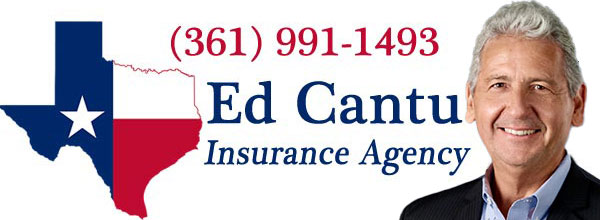On Saturday open enrollment begins for those who have yet to add health insurance, and it’s expected to be higher than it was last year. Of course, the rising cost of healthcare is a yearly thing. While auto insurance rates can actually go down for customers over time, medical insurance is a different ballgame entirely.
Because of the expense, many customers may opt to pay the penalty and go without insurance, but that is a huge mistake, especially if they experience a major medical event, such as pregnancy or cancer treatment.
In that sense, 2015 will see modest gains with an average of six percent expected nationwide, according to PricewaterhouseCoopers LLC consulting firm. However, that’s only a small part of the story. The Affordable Care Act (ACA) and traditional health insurance are fueled by the premiums of healthy people. Costs go up when there are more unhealthy people in the system than healthy people, and from the first year of ACA (aka Obamacare), it’s now known that many of the newly signed were from a higher risk pool of applicants.
Young people largely decided to sit out 2013-14’s open enrollment period and as a result, many could see increases that go well beyond the six percent quote. In fact, Blue Cross Blue Shield estimates that there could be much larger increases even for those who get traditional insurance through their employers, with young people bearing the brunt.
“The key is to get the uninsured insured and that will help us all,” BCBS VP of Sales Ron Rowe said in comments to KSHB, adding that some of the increase is also due to people who don’t understand the workings of health insurance so they stay out of the system. “We found a lot of people just don’t know and understand or have even heard of Obamacare. They thought in January they would walk to their mailbox and there’d be an ID card there; it’d be free and off we’d go.”
The federal government has spent hundreds of millions of dollars just trying to spread the word about the healthcare law. While most Americans have heard of it, far fewer have actually tried to find a place within the system.
Existing economic hardships are keeping many from enrolling because family budgets are already spread thin and many families feel like they have nothing to lose since a $2,000 bill is as impossible to pay as a $20,000 bill.
While subsidies would help many of these families afford coverage, the system is still unproven after a disastrous rollout in 2013 and 2014, and many simply don’t have enough confidence or patience to get through the enrollment process.
So what’s an agent to do?
For starters, even if you do not directly sell health insurance to customers, it can be beneficial to speak with them about their health insurance needs as part of basic family planning.
If it’s possible to afford a $150 per month payment, for example, that could save clients tens or even hundreds of thousands of dollars over time in case of a major medical event (and in the event they qualify for subsidies).
For families that are too cash-strapped, they might even qualify for Medicaid.
In Summary
With most agents committed to improving the lives of their customers, having the health insurance talk is just one more way that you can help clients get their financial acts together. Even if they are buying a policy directly fromHealthCare.gov, you can use the ACA as a way of emphasizing the importance of insurance products, the repercussions of not having them, and as a means of building trust with your clients.
